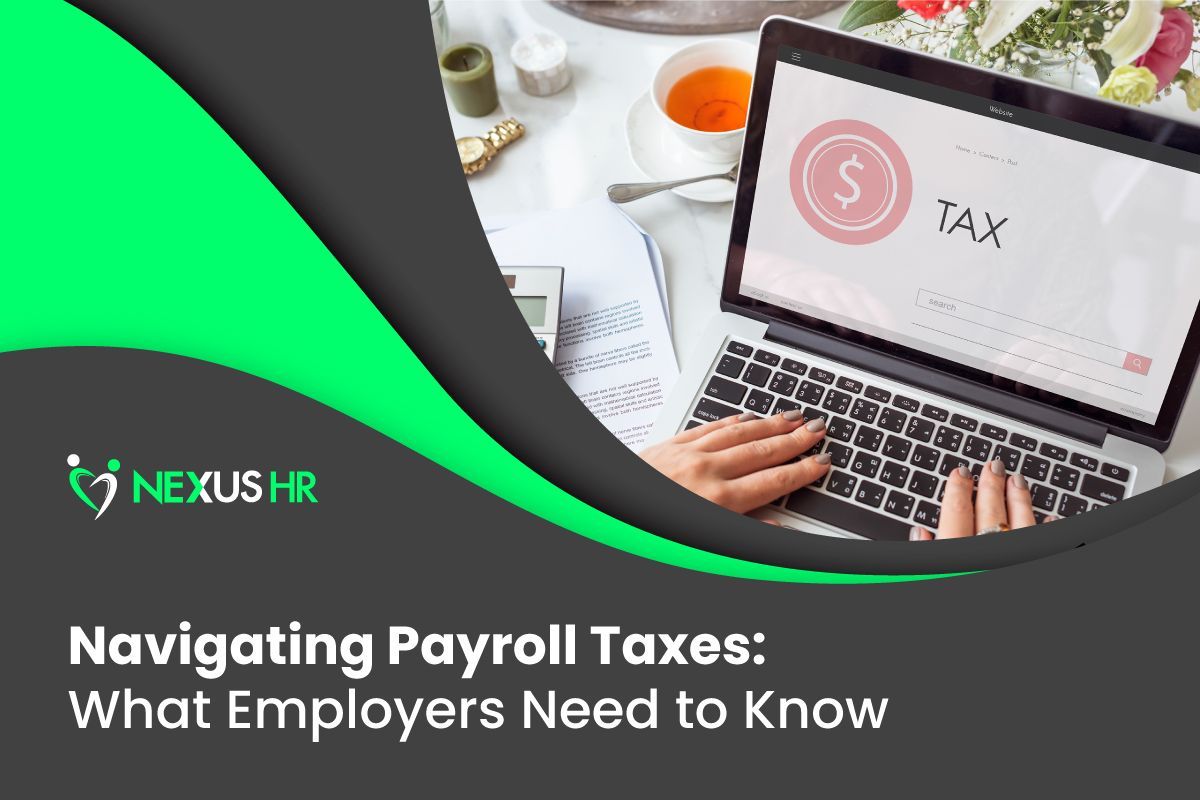What is a Boomerang Employee and Why Should You Care?
First, came the Great Resignation. Starting in the spring of 2021, millions of employees quit their jobs, citing inadequate compensation and work conditions. Fueled by optimism and stimulus checks, the exodus hit its peak in 2022, which resulted in over 50 million workers sticking it to the man in search of better opportunities.
But it turns out all that glitters is not gold. By
March 2023, the resignation landslide reversed as pandemic-era policies ended and the economic landscape shifted. With the promised land of higher pay, remote work, and work-life balance drifting out of reach, a phenomenon arose: the boomerang employee.
What Is a Boomerang Employee?

A boomerang employee is an employee who applies to work at a company they voluntarily left in the past.
Recently,
a survey found that over 40% of workers who quit their jobs during the pandemic already regret their decision, while close to 20% have returned to their previous employer as boomerang employees.
Whether these boomerang employees strike you as flip-floppers or ingenious negotiators, your business needs to have a plan for when a familiar face appears in your stack of applications. Assumptions aside, rehiring prior employees may not be such a bad thing after all.
Read More:
What Is Quiet Hiring? Is it a Good Idea?
Why Do Employees Go Back to a Job They Quit?

While no two situations are identical, boomerang employees possess several common denominators:
1. Unmet Expectations
Many, if not most, employees quit their original positions because they believe a new company will enrich their lives or careers with better opportunities. These include perks like hybrid work, superior benefits packages, career growth opportunities, and more.
But when the new company’s promises don’t live up to expectations or those growth opportunities never materialize, it can leave workers dreaming of their previous employer.
2. Disappointing Company Culture
Work is more than what you do; it’s about who you do it with. Sometimes, workers who try out a new organization find out quickly that it’s not a match in personality, management style, or culture.
If a boomerang employee has strong social ties to their former coworkers and enjoyed working at your company, it’s entirely reasonable that whatever benefits they were seeking didn’t outweigh the social drawbacks.
3. Financial Pressure
It’s just business. Financial incentives are a major factor in why and where people work. It’s entirely possible that the financial circumstances that emboldened an employee to make a big move ended up not panning out economically, putting them in a position where boomeranging is their best financial option.
No matter the reason, it’s vital that your company considers all of an applicant's motivations.
Read More: What Is a Stay Interview? And How Do I Conduct One?
Is Rehiring Former Employees a Good Idea?
Hiring a boomerang employee may or may not be a good idea. Consider these pros and cons before deciding:
Pros

Familiarity
A previous employee is a known quantity. Your team already has experience working with this person, so it is unlikely they’ll surprise you with uncharacteristic shifts in behavior. You know how hard they work, understand their value to the company, and can see how they will develop over time, assuming they stay.
Compared to a new employee, this has its benefits. Even under the best circumstances, around
25% of new hires quit within six months. If you really believe that they’re back for the right reasons, going for a rehire may save you a lot of headaches.
Minimal Retraining
The Society for Human Resource Management reports that replacing employees can cost over 30% of an employee's annual salary. As one of the most expensive aspects of hiring new employees, skipping this cost by rehiring someone can save your company a lot of money.
An employee who has already worked for your business knows your workflows, appreciates your management style, and understands your expectations. You won’t need to invest nearly as much time, money, or resources to get these types of employees up to speed compared to a brand-new person.
Increased Morale
Who you work with is just as important as what you work on. The return of a beloved employee will raise spirits around the office.
Letting an ex-worker back into the fold also shows that you care about your employees. When you show staff that you genuinely have their best interests at heart and don’t hold grudges, you’ll boost morale and foster a positive company culture.
They’re Back for the Right Reasons
Like a couple who keeps getting back together after every breakup, you and your boomeranging employee may be made for each other. The time apart can help them realize that your company really was the best place for them and that it is in their best interest to make a return.
More Skills
It’s not uncommon for a boomerang employee to come back with more skills than they left with. This upgrade in their abilities, which came at the expense of the employee or some other organization, should make them even more productive and a greater asset to the company.
Cons

Baggage
Familiarity breeds contempt. If a boomerang employee quits under less-than-ideal circumstances, it’s possible that their return will come with some baggage. In the long run, you may find that the boomerang employee isn’t working as hard as you expected because they're just taking advantage.
You’re Settling Out of Habit
Are you going with them because they’re a known quantity? That type of complacency is deadly to your business. If you’re settling for a boomerang employee because you know what you’re getting, it could be a bad sign for the direction of your company at large.
They Could Leave Again
If someone has shown a lack of loyalty in the past, there is no reason to suggest that they will not do it again, no matter how many incentives or concessions you provide.
Personality Clash
If a boomerang employee didn’t get along with your company culture in the past, they will almost certainly not assimilate in the future. Even if they are a top performer, workers who don’t match your office's values or social expectations will never succeed.
Starting Fresh May be Better
Business owners often forget to consider opportunity costs. Rehiring a boomerang employee isn’t just a risk regarding performance; it’s a risk concerning all the other employees you could have hired instead. If you put aside your better judgment, a boomerang employee might set your team back by wasting the time, energy, and resources you could invest in a brand-new worker.
How to Handle a Boomerang Employee

Now that you understand the boomerang employee's motivations and the potential benefits and pitfalls of rehiring them, your HR team and hiring manager need a game plan.
Set Expectations
Your team should first establish clear expectations and boundaries. While rehiring an employee can benefit both parties, your company bears a higher percentage of the risk. Before making any hires, you need to make clear what you want to see from them to build trust and confidence in your decision and resolve any lingering ambiguities.
Ask the Right Questions
Understanding where a boomerang employee is coming from is critical in determining whether they deserve a place back at your company.
Throughout the hiring process, be sure to establish their motivations with direct but fair lines of questioning.
Don’t Judge Prematurely
It’s easy to dismiss a boomerang employee outright, especially if you were sad to see them go the first time around. That being said, we recommend hearing them out before rushing to conclusions. You may be surprised to find that their time away has helped them develop worthwhile talents or gain new perspectives, making them an exciting asset to your organization.
Need Help With Boomerang Employees? Nexus HR Is Your Solution

In today’s complicated hiring environment, finding the right employees for your business is more complex than ever.
That’s why
Nexus HR’s recruiting team specializes in finding you the perfect candidate, whether they’re a fresh or familiar face.
If you’re looking to save time, money, and resources on your next round of hiring, Nexus HR is here to help. From
recruiting and
payroll to
full-service HR, we offer the industry’s best HR services at the most competitive prices. Discover how Nexus HR can turn your boomerang employee nightmare into a recruitment dream today.











